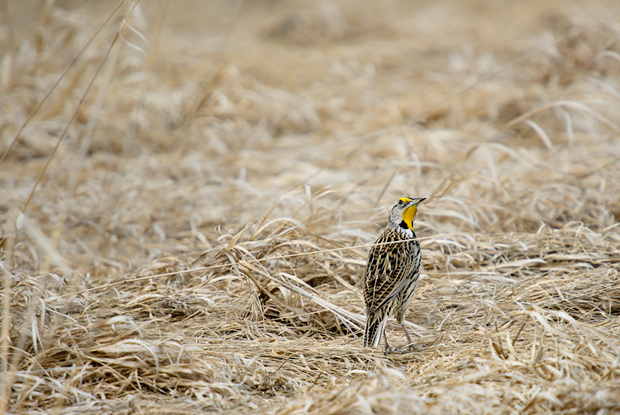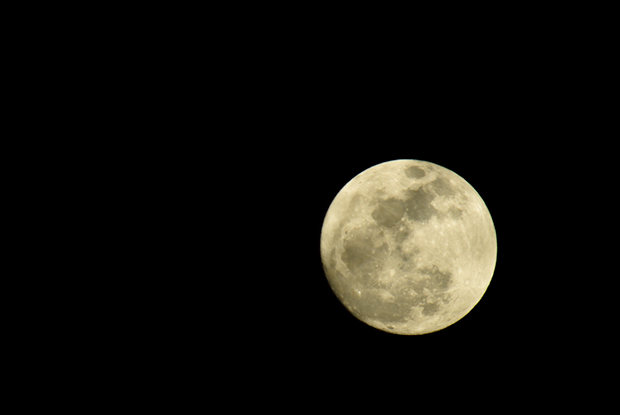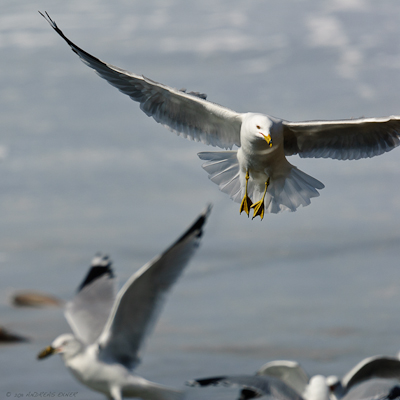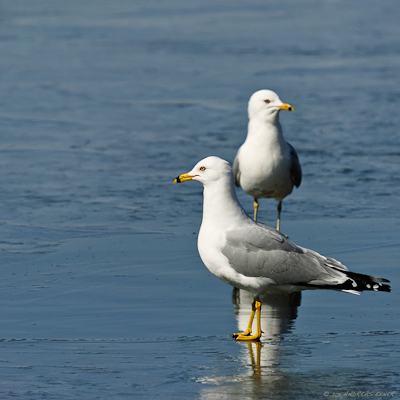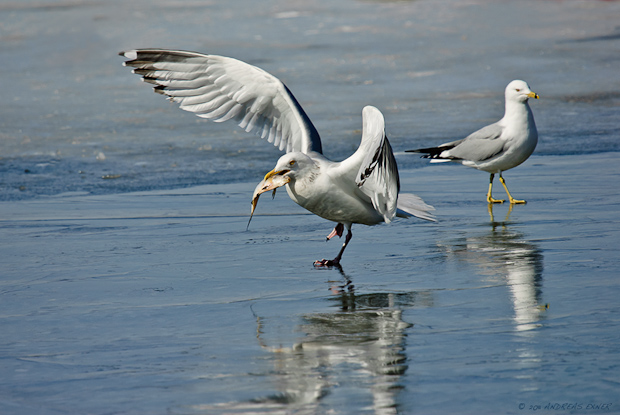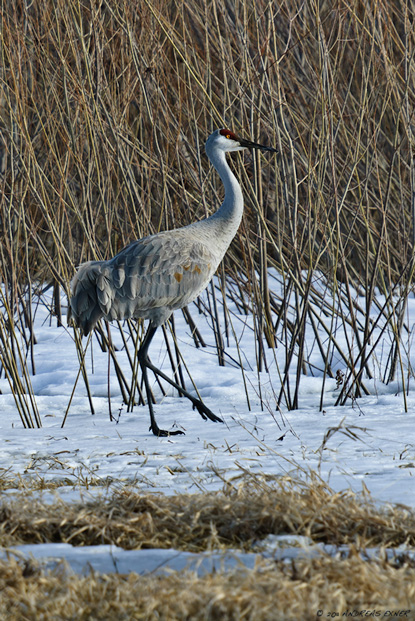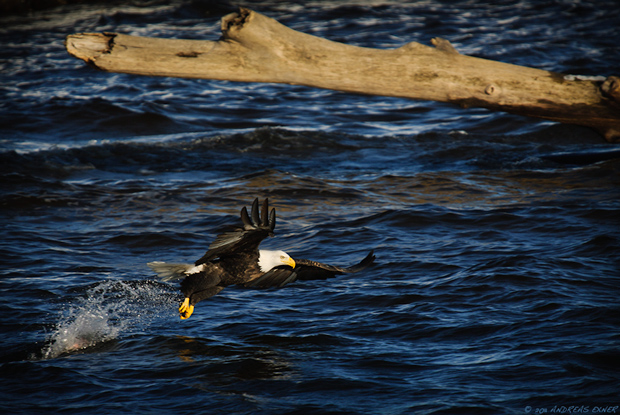I'm always excited if I have a chance to take pictures of animals I have never seen before. This seems not so difficult because I live only since seven years in the United States. Some species have relatives over in Europe and I'm mostly familiar with them, but many are unique in North America and I'm totally thrilled when I discover a new one.
Last weekend I spent time again in the Green Island wetlands. It was Joan's birthday and she asked me to show her the Sandhill Cranes. Unfortunately we did not see them at all, but instead we saw two different duck species that we had not seen before.
At two different locations I spotted Blue-winged Teals (Anas discors). It is a beautiful looking duck and especially the male is not difficult to identify. Well, I forgot my field guide book once more and had to wait with identification until I was back home. If I discover a new species (at least new to me ;-) ), I take lots of pictures if possible. Even if the light or the background is not good. Sometimes even a mediocre image can help with identification of the bird later at home. The Blue-winged Teals spend the winter in the northern part of South America and time will tell if they were only on a stopover on their way north, or if they really will spend the summer here in Eastern Iowa near the Mississippi.
The second discovery was the Northern Shoveler (Anas clypeata). They have a large spoon-shaped bill, which also made it easy to identify. My field guide tells that we are on the east side of it's breeding range but there is a tendency of further expansion eastward.
I used the car as my blind because the ducks fly away as soon you open the car door. The lens rests on the edge of the pulled down car window, which I cover with a piece of pipe insulation foam. A trick I learned from another photographer just a few weeks ago.











